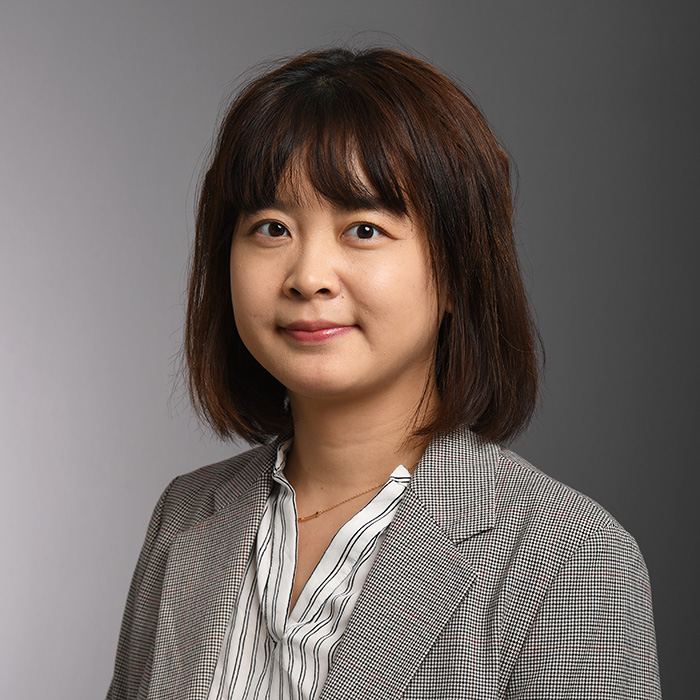Education
Ph.D., University of Delaware, 2022
M.A., University of Delaware, 2017
B.E., Xi'an University of Architecture and Technology, 2015
Assistant Professor, Speech- Language Pathology

Ph.D., University of Delaware, 2022
M.A., University of Delaware, 2017
B.E., Xi'an University of Architecture and Technology, 2015
Child language development
Bilingualism
Developmental language disorder
Language assessment
Dr. Danyang Wang directs the DLanD (Dual Language Development) lab at Towson University. Her research focuses on language development and disorders, with special interests in developmental language disorder (DLD). Specifically, her lab aims to develop culturally and linguistically sensitive approaches to assess language skills and accurately identify language disorders in pre-school and school-age children from culturally and linguistically diverse backgrounds. Relatedly, she further aims to understand the manifestation of DLD in diverse populations to inform clinical practice (assessment and intervention) and universally applicable theories.